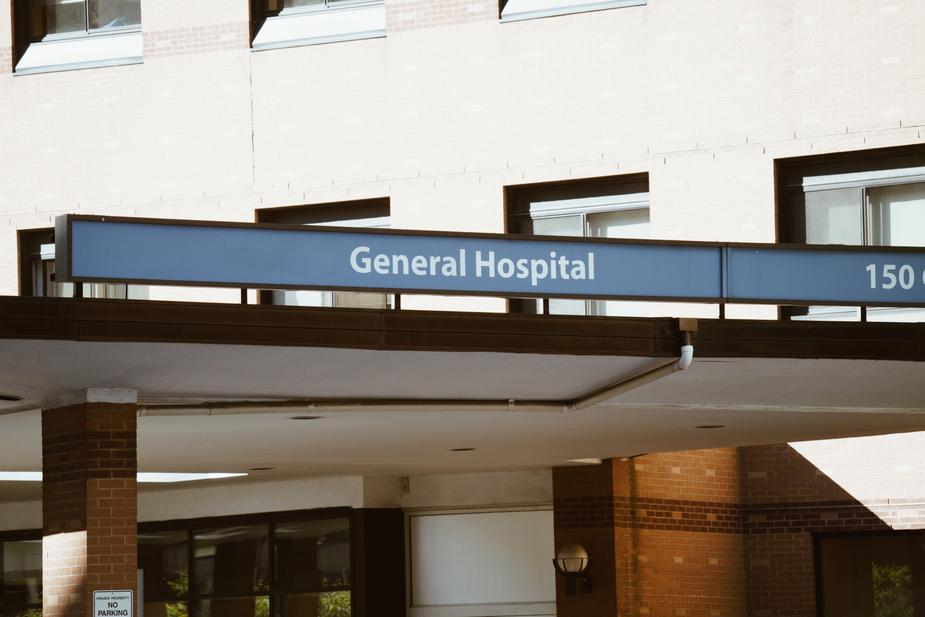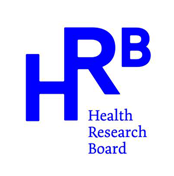
Older people often have multiple comorbidities and as a result, are commonly prescribed several drugs. This increases their risk of adverse drug reactions (ADRs).(1) A recent randomised controlled trial conducted in an Irish University teaching hospital that evaluated a physician-implemented medication screening tool, demonstrated positive outcomes in terms of a reduction in incident ADRs.(2) The aim of this analysis was to evaluate the cost-effectiveness of physicians applying this screening tool to older hospitalised patients compared with usual hospital care in the context of a randomised controlled trial.
We used a cost-effectiveness analysis alongside a conventional outcome analysis in a cluster randomised controlled trial. Patients in the intervention arm (n=360) received a multifactorial intervention consisting of medicines reconciliation, communication with patients’ senior medical team, and generation of a pharmaceutical care plan in addition to usual medical and pharmaceutical care. The screening tool employed used the STOPP/START (Screening Tool of Older Persons’ Prescriptions/Screening Tool to Alert doctors to Right Treatment) criteria. Control arm patients (n=372) received usual medical and pharmaceutical care only. Incremental cost-effectiveness was examined in terms of costs to the healthcare system and an outcome measure of ADRs during inpatient hospital stay. Uncertainty in the analysis was explored using a cost-effectiveness acceptability curve.
The analysis demonstrated that, on average, the intervention arm was more costly but was also more effective. Compared with usual care (control), the intervention was associated with a non-statistically significant increase of €877 (95% confidence interval − €1807, €3561) in the mean healthcare cost, and a statistically significant decrease of − 0.164 (95% confidence interval − 0.257, − 0.070) in the mean number of ADR occurrences per patient. The associated incremental cost-effectiveness ratio per ADR averted was €5358. The probability of the intervention being cost-effective at willingness-to-pay threshold values of €0, €5000 and €10,000 was 0.236, 0.455 and 0.680, respectively.
Based on the evidence presented, the physician-led intervention is not likely to be cost-effective compared with usual hospital care. One similar trial involving a research pharmacist conducting a similar medication review-based intervention supported by computerised clinical decision support software (CDSS) proved to be cost-effective relative to routine hospital care (3). Thus, to inform future healthcare policy decisions in this field, more economic analyses of structured medication reviews by other healthcare professionals and by computerised CDSS need to be conducted.
Gary L. O’Brien
Irish Research Council PhD Scholar
University College Cork
E: gary.obrien@ucc.ie
Twitter:@garyobrien92
References
- Hanlon JT, Pieper CF, Hajjar ER, Sloane RJ, Lindblad CI, Ruby CM, et al. Incidence and predictors of all and preventable adverse drug reactions in frail elderly persons after hospital stay. The Journals of Gerontology Series A: Biological Sciences and Medical Sciences. 2006;61(5):511-5.
- O’Connor MN, O’Sullivan D, Gallagher PF, Eustace J, Byrne S, O’Mahony D. Prevention of Hospital‐Acquired Adverse Drug Reactions in Older People Using Screening Tool of Older Persons’ Prescriptions and Screening Tool to Alert to Right Treatment Criteria: A Cluster Randomized Controlled Trial. Journal of the American Geriatrics Society. 2016;64(8):1558-66.
- Gallagher J, O’Sullivan D, McCarthy S, Gillespie P, Woods N, O’Mahony D, et al. Structured pharmacist review of medication in older hospitalised patients: a cost-effectiveness analysis. Drugs & Aging. 2016;33(4):285-94.

